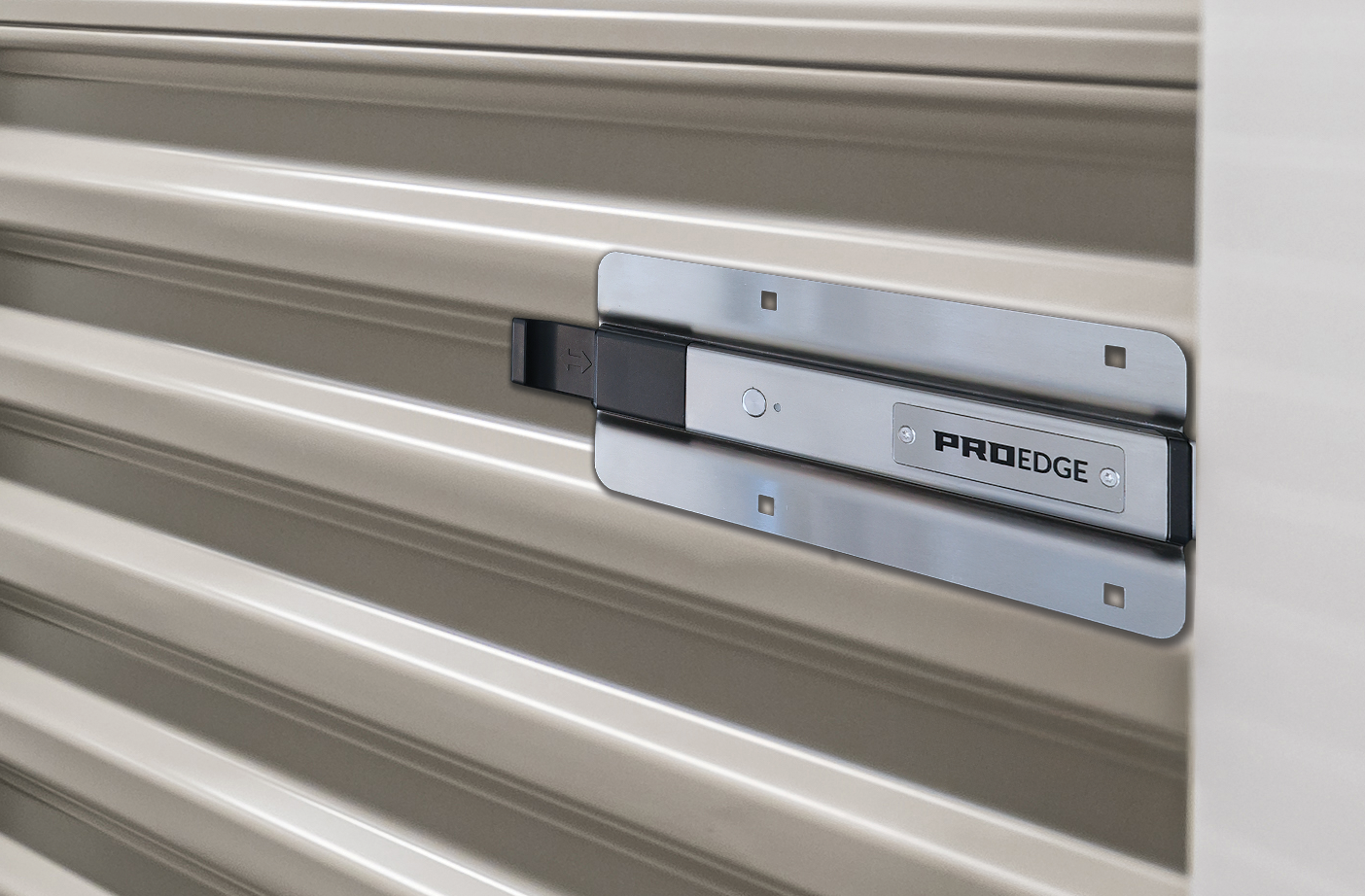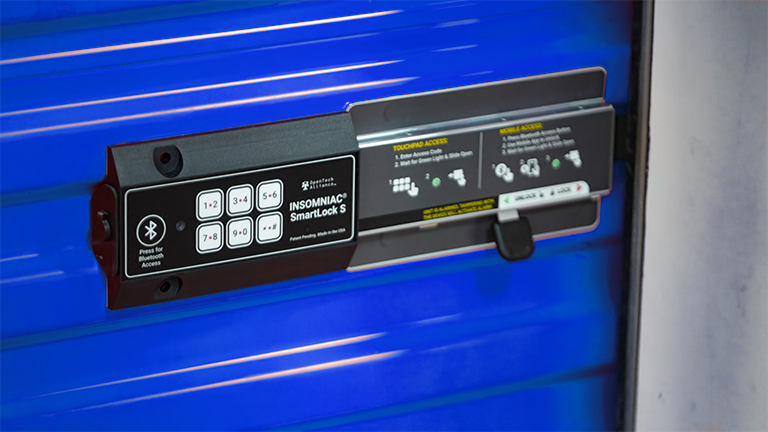In the self-storage industry, the design and layout of a facility are as crucial as its location. A well-thought-out site layout and unit mix can significantly enhance operational efficiency, customer satisfaction, and ultimately, profitability. In this article we will review some important factors that influence what you will build and how you will design your facility.
What Should I Build?
Before attempting to lay out the property, you need to determine the most appropriate type of storage for your area. This can be achieved by examining what types of storage facilities currently exist. A specialized feasibility consultant can assist in this research, but some general guidelines can also help you. Basic drive-up units are the simplest type of property to develop. These units are typically 30 or 40 feet wide, with 25 feet between rows. However, if there is a demand for boat and RV storage in your area, consider larger units with taller doors. For boat storage, construct units measuring 12×25 and 12×30 with 10-foot tall doors and wider driveways. Common RV units are 12 or 14 feet wide and 30 to 50 feet deep, equipped with doors that are 12 or 14 feet tall. Climate-controlled storage buildings are usually wider to allow for efficient use of space with interior halls—50 to 70 feet wide is common. Multi-story storage is more likely to be found on costly, smaller parcels.
Your local demographics can provide you with a starting point for your unit mix. In rural or suburban areas, larger units will be in higher demand. Customers in smaller homes, student housing, apartments, or mobile homes tend to use storage more frequently but will prefer smaller units. In areas with high humidity or in more affluent areas, climate-controlled units will be in higher demand. Regions where boating and camping are popular will see a higher demand for large boat/RV units, especially if customers face restrictions on outdoor parking on their own properties.
An additional factor in deciding your unit mix is to analyze your competition – understanding which units are oversupplied or undersupplied can guide you in identifying what is needed in your market. Secret shopping and reviewing competitor websites can offer insights into the current landscape. A significant advantage of automated move-ins is that it enables new developers to quickly see which units are sold out or discounted. However, be aware that demand for storage can be seasonal, with winter typically being slower than summer.
If you are considering multiple parcels, remember that you can save time by developing cost and revenue models based on per-square-foot prices. Basic drive-up storage typically yields about 30 to 35% rentable space, whereas wide, climate-controlled, single-story projects can achieve better land coverage in the 40 to 50% range. Although construction costs for specific classes of storage tend to be consistent regardless of location, land costs and potential revenue can vary significantly from one location to another.
Understanding the Basics of Site Layout
Once you have identified a parcel that justifies investment in design work, it’s time to start laying out your site. Major factors to consider include:
- Setbacks and easements – Obtain a survey that outlines all setbacks and easements. Inquire if the seller can provide this in an AutoCAD file. If not available, reach out to surveyors or civil engineers who may have their contact information on existing property surveys, or commission a new survey. This critical information serves as an essential starting point.
- Driveway restrictions – Your city, or state if the property is on a state highway, may impose limitations on the placement of your driveway.
- Architectural requirements – Check with your city’s building or zoning office for restrictions. Besides confirming that your zoning permits a self-storage business, it’s important to understand whether there may be regulations limiting doors facing streets, dictating your choice of materials, or specifying landscaping requirements.
- Water and snow handling – Most municipalities will require a professional engineer to create a stormwater management plan. For larger sites, this often involves having a retention pond at the property’s lowest point. In northern climates, it’s also important to consider where snow can be plowed to avoid causing traffic or drainage issues. While fortress-style layouts may be popular in southern states, they can lead to snow-related problems in the north. If you have doors facing north in snowy regions, ensure the roof pitches are designed to divert water away from the north side. This strategy reduces the risk of doors freezing shut.
- Traffic – To ensure an adequate turning radius and room for two-way traffic, I recommend leaving 23 to 28 feet between standard storage units, with 30 feet at the building ends. In northern regions, consider extending this to 35 feet at the ends to accommodate additional space for snow. Minimizing dead ends helps prevent vehicle vs. building incidents. Keep in mind, customers may be driving borrowed pickups, rented trucks, or using trailers with which they are not experienced. It’s important to design your layout to avoid situations requiring them to drive in reverse.
- Fire code – Before designing your site, research the local requirements for firewalls and sprinklers. In many parts of the country, you may be allowed to construct buildings up to 12,000 sq ft or divide them into 12,000 sq ft sections with firewalls. However, some communities mandate sprinklers or firewalls for buildings as small as 2,500 sq ft. While your building supplier can provide general guidance, your local fire marshal is the definitive authority on these regulations. Sprinklers can significantly increase both construction and ongoing inspection costs, so the general aim is to avoid them if possible. Firewalls often present a more cost-effective compliance solution, especially for drive-up units. These requirements can influence your decisions regarding the size of the buildings as you design the site.
- Elevation changes – Variations in elevation across your parcel can significantly influence your design strategy. Minor changes can be accommodated with driveway adjustments or the incorporation of steps. For larger hills, incorporating a ‘two-story-in-a-hill’ style building is an effective strategy. This approach utilizes about 10 feet of the hillside to serve both as a retaining wall and to offer two levels of storage access without the need for an elevator or stairs.
- Office and kiosk locations – It’s important to decide early in your planning process whether you will include an office or kiosk on your site, either immediately or in a future phase. If you decide to incorporate these features, ensure there is parking available on the public side of your gate with access to the office/kiosk.
Once you have a comprehensive understanding of the land and its constraints, it’s time to start brainstorming your actual plan. Begin by determining the traffic flow and building outlines. My preferred approach is to print out a land survey (or, if unavailable, a screenshot of Google’s satellite view) and manually sketch my layout ideas. From there, you can start specifying driveway and building dimensions as accurately as possible, taking into account all the previously mentioned factors.
Most drive-up sites feature rows of similar buildings. For enhanced security, it’s advisable to align buildings perpendicular to the main road. This alignment allows passing cars to have a clear view between the buildings, which can discourage undesirable activities.
With your concept sketch in hand, you’ve reached the stage where the assistance of a civil engineer is necessary for further planning. While your hand-drawn sketch is useful for rough estimates, you must invest in professional site design before soliciting formal bids from contractors.
With the building footprints determined, the composition of your unit mix will begin to come into focus. To increase the number of smaller units, consider incorporating 5×10 or 10×10 units at the ends of your buildings. For buildings with interior hallways, you can adjust the unit mix by modifying the number of hallways. Additionally, you will need to decide on the roof pitch and select between gable or lean-to roof designs. It’s important to account for stormwater management early in the design process, ensuring your layout accommodates necessary drainage.
Many sites adopt a phased approach – during your initial planning, it’s crucial to develop a master plan for the entire property, even if only a small portion will be built initially. This approach ensures that the first phase supports efficient traffic flow in future phases, designs stormwater systems capable of accommodating future growth, and allows for the strategic placement of underground conduits to support subsequent phases.
Building a new site requires significant time and investment in planning. However, when executed properly, it should yield the reward of a well-designed business that will provide returns for decades to come.


